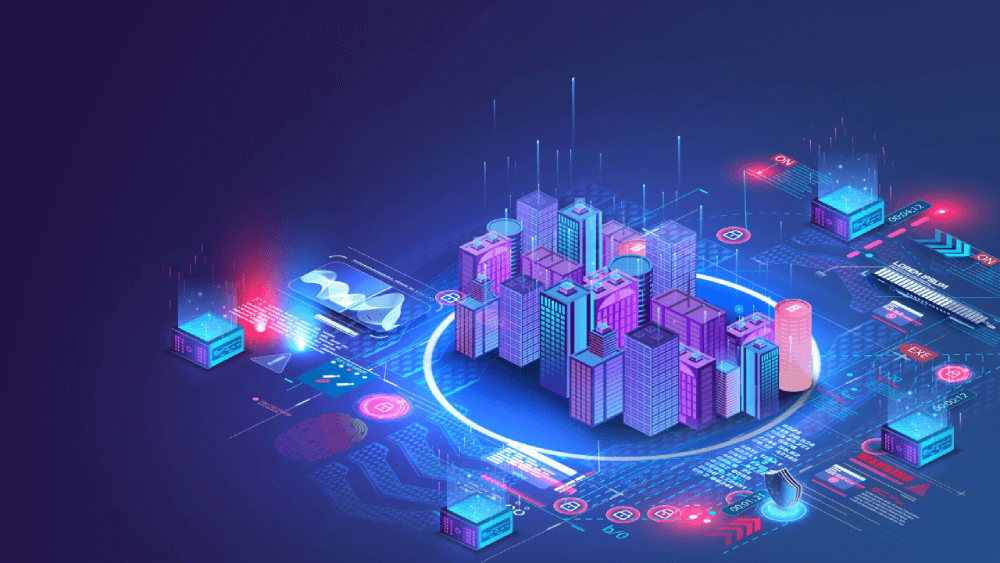
Improving Efficiency and Sustainability in Building Management
Introduction
Autonomous Building Operations refer to the integration of advanced technologies such as artificial intelligence (AI), machine learning, and the Internet of Things (IoT) in building management systems. These technologies enable buildings to operate and control various systems autonomously, resulting in improved efficiency, sustainability, and occupant comfort. The significance of this topic lies in its potential to transform the way buildings are managed, leading to reduced energy consumption, enhanced occupant experiences, and streamlined maintenance processes.
Historical Background
The evolution of building management systems has witnessed significant advancements over the years. From manual control to the development of centralized systems, building automation has come a long way. Early attempts at automation in building operations can be traced back to the 1960s when simple control systems were introduced. However, it was the technological advancements in the late 20th century that paved the way for autonomous building operations as we know them today.
Key Concepts and Definitions
Building Automation Systems (BAS) form the backbone of autonomous building operations. These systems encompass various components such as sensors, controllers, and actuators that work together to automate the control and monitoring of building systems. The Internet of Things (IoT) plays a crucial role in building management by enabling the connectivity of devices and systems, allowing for data exchange and analysis. Artificial intelligence (AI) and machine learning algorithms are employed to make intelligent decisions based on the collected data. Sensor technology and data analytics further enhance autonomous building operations by providing real-time information and insights.
Main Discussion Points
Integration of autonomous systems in building operations offers numerous benefits. Firstly, it reduces human error and the need for manual intervention, resulting in improved efficiency and productivity. Automation of HVAC systems ensures optimal temperature control and energy usage. Automated lighting and energy management systems contribute to energy conservation and cost savings. Real-time monitoring and predictive maintenance are made possible through the use of sensors and data collection. Fault detection and predictive maintenance help prevent system failures and optimize energy consumption.
Enhanced occupant experience and comfort are key aspects of autonomous building operations. Personalized temperature and lighting control systems provide occupants with greater control over their environment, leading to increased satisfaction. Indoor air quality monitoring and management systems ensure a healthy and comfortable indoor environment. Smart security and access control systems offer enhanced safety and convenience.
Case Studies or Examples
One notable example of autonomous building operations is Microsoft’s “The Edge” building in Amsterdam. The building utilizes a range of technologies, including IoT sensors, AI, and machine learning algorithms, to optimize energy consumption and provide a comfortable environment for occupants. Another example is The Crystal in London, developed by Siemens. It utilizes renewable energy sources, advanced monitoring systems, and predictive maintenance techniques to achieve sustainability goals. The retrofit of the Empire State Building with autonomous systems has also resulted in significant energy savings and improved occupant comfort.
Current Trends or Developments
The integration of AI and machine learning in autonomous building operations is an ongoing trend. These technologies enable buildings to learn from data and make intelligent decisions, leading to continuous optimization. Advancements in sensor technology and data analytics are also contributing to the growth of autonomous building operations. The use of cloud-based platforms for remote monitoring and control is becoming increasingly popular, allowing building managers to monitor and adjust systems from anywhere.
Challenges or Controversies
While autonomous building operations offer numerous benefits, they also present challenges and controversies. Data security and privacy concerns arise due to the collection and storage of sensitive information. Addressing these concerns is crucial to ensure the trust and acceptance of autonomous systems. Cost implications and return on investment are also important considerations. Implementing autonomous building operations can require significant upfront investments, and the benefits must outweigh the costs. Additionally, workforce implications and job displacement are concerns that need to be addressed, as automation may result in changes to job roles and requirements.
Future Outlook
The future of autonomous building operations holds great potential. These technologies are expected to play a key role in the development of smart cities, where buildings will be seamlessly connected and optimized for sustainability and efficiency. Increased use of robots and drones for maintenance tasks is anticipated, reducing the need for human intervention in hazardous or repetitive tasks. Integration of renewable energy sources, such as solar panels and wind turbines, will enable autonomous energy management and further promote sustainability.
Conclusion
Autonomous building operations have the potential to revolutionize the way buildings are managed. By integrating advanced technologies, buildings can achieve improved efficiency, sustainability, and occupant comfort. Through automation, real-time monitoring, and predictive maintenance, energy consumption can be optimized and system failures can be prevented. The examples of Microsoft’s “The Edge,” The Crystal in London, and the Empire State Building demonstrate the successful implementation of autonomous systems. However, challenges such as data security, cost implications, and workforce changes need to be addressed. The future of autonomous building operations looks promising, with a focus on smart cities and the integration of renewable energy sources.